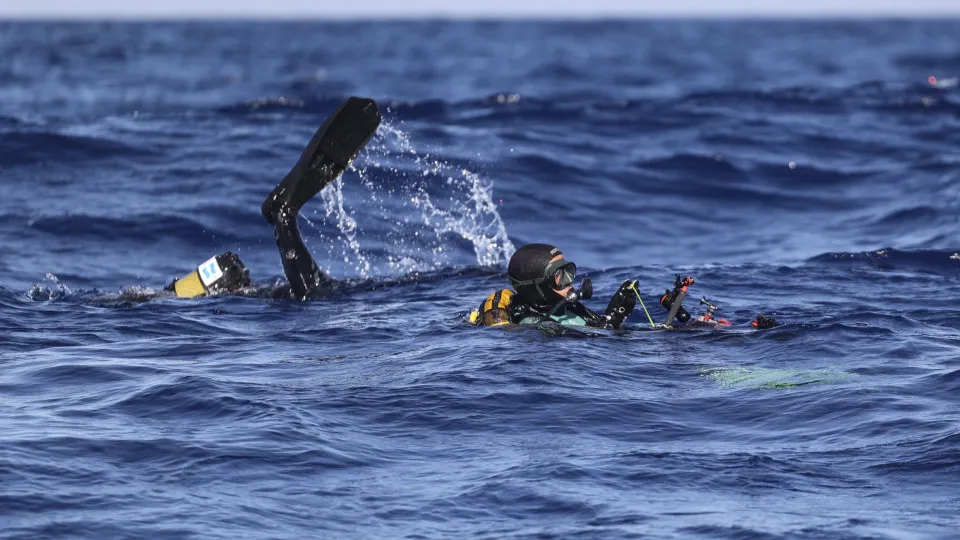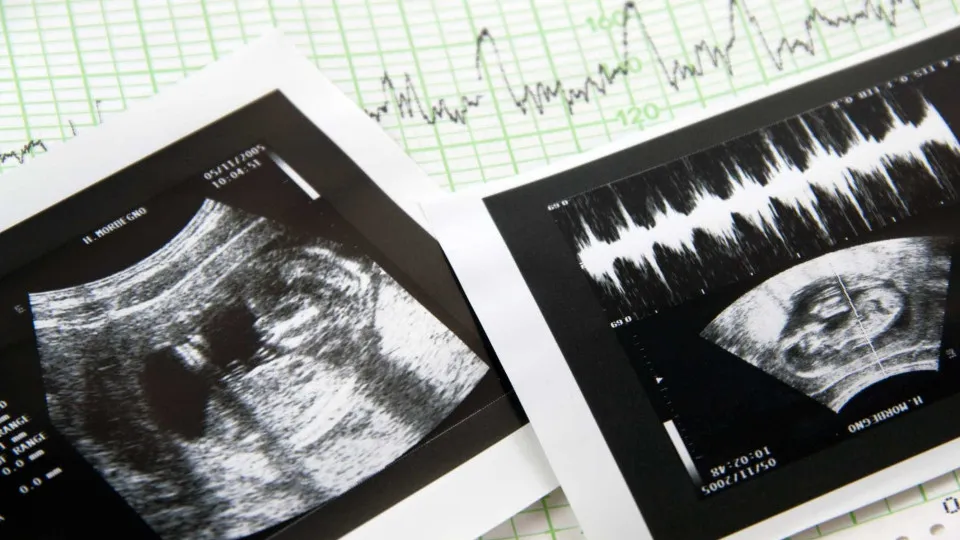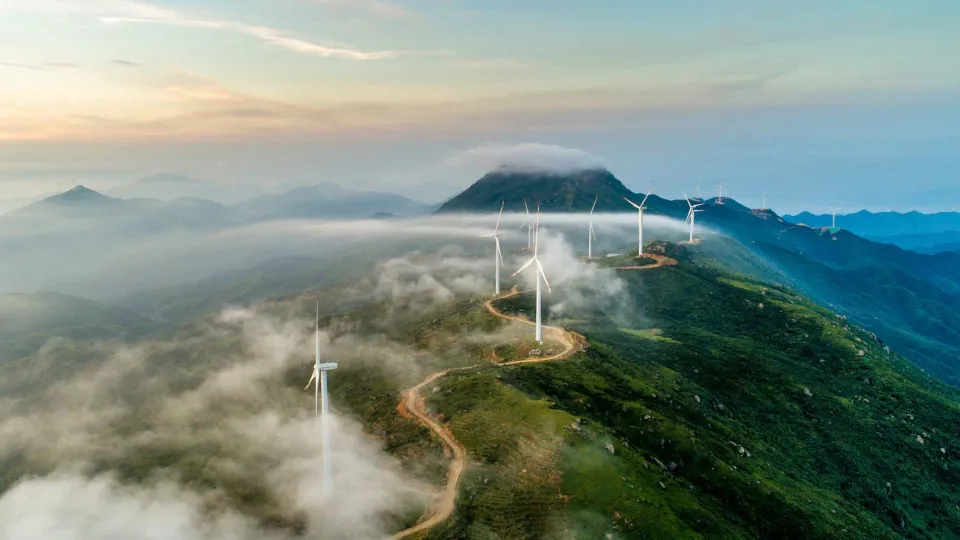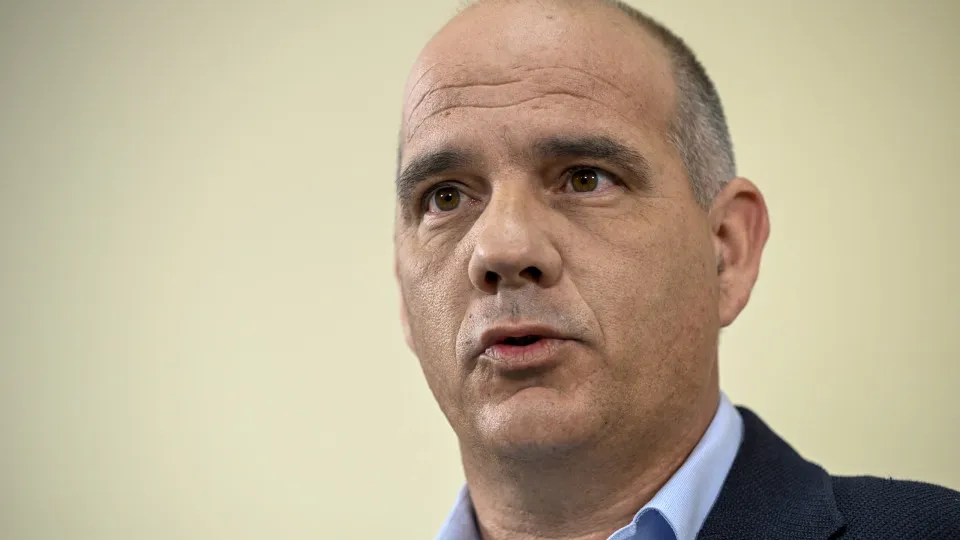
Aboard the Santa Maria Manuela ship, dozens of researchers anchored in Armação de Pêra Bay explored the entire area of the park, both on the surface and through diving, to observe and collect samples from the seabed. This initiative was organized by the Oceano Azul Foundation, Lisbon Oceanarium, and the Center of Marine Sciences (CCMAR) at the University of Algarve.
During the campaign, approximately 20 species were identified, mainly crustaceans, alongside gorgonians and corals that form underwater gardens. These species provide shelter and food for other marine life. Although not new to science, they are newly observed in this specific area, stated Jorge Gonçalves, CCMAR’s scientific coordinator of the expedition.
“We identified a relatively large species of [gorgonian] not previously recorded in the park. It was now observed for the first time,” he illustrated, adding that in the reef area there are also calcareous algae forming calcium carbonate structures, “a kind of submerged dunes, a unique ecosystem hosting hundreds of other species,” functioning as carbon sinks.
Unlike gorgonians, which are animals, these red-colored calcareous algae present in the park area are plants. They perform photosynthesis, removing carbon dioxide from the water and, indirectly, from the atmosphere, forming together a priority habitat for conservation.
After emerging from a dive, researcher João Silva from CCMAR showcased these small algae to journalists. These were only identified at Pedra do Valado in mainland Portugal and have a ‘superpower’: by producing calcium carbonate within their cells, they serve as true blue carbon reserves at the sea bottom.
“This particular species, ‘Lithothamnion corallioides’, is the main builder of ‘maerl’ [rhodoliths], identified here in Armação de Pêra. These algae grow very slowly, about one millimeter per year, meaning some deposits are over 100 years old, which is remarkable,” he noted.
João Silva explained that each of these algae serves as a micro-habitat: “To the naked eye, we see just an alga, but under a microscope, we identify dozens or even hundreds of small organisms like mollusks, crustaceans, and others seeking shelter in the three-dimensional structure during their early life stages,” he illustrated.
Over six days, research teams mapped emblematic habitats such as gorgonians, seagrass meadows, coral gardens, and ‘maerl’ beds through scientific diving and various technological image collection platforms, including drones, remotely operated vehicles (ROVs), and baited underwater vehicles.
According to Diana Vieira, project manager at the Oceano Azul Foundation, the campaign included over 30 dives, totaling 24 hours of immersion, with many hours of video footage collected. This data will be analyzed to identify species observed in the park.
“We are gathering complementary information to serve as a foundation for developing the special program and management regulation [of the park],” she mentioned.
These will define the rules for the Marine Park—what will be allowed, conditioned, or prohibited—developed by the ICNF [Institute for Nature Conservation and Forests], in collaboration with CCMAR and other entities,” she noted.
Diogo Paulo, scientific coordinator of the dives, explained that dives conducted on Monday, the penultimate day of the campaign, aimed to monitor the reef in the total protection zone after teams explored other protected zones in the marine area on previous days.
Every aspect of these scientific dives is documented: measuring tapes, sampling squares, and photo and video cameras are used to record observations, along with small underwater tablets for data logging. This particular dive offered a surprise.
Besides discovering some sizable fish, a positive sign, large corals were observed, and a small dark cavern was found, providing refuge for typical deep-sea species: “I particularly highlight the large, beautiful yellow gorgonians—’Paramuricea grayi’. While aesthetically surprising more than scientifically, it was nonetheless very interesting,” he concluded.
This area has already identified 1,059 marine species—754 invertebrates, 152 fish, 61 seabirds, and 82 macroalgae—including commercially valuable species, those with biomedical potential, and tourism interest, some of which are rare and endangered.
The expedition was supported by the ICNF, National Maritime Authority, and the municipalities of Albufeira, Lagoa, Portimão, and Silves.




